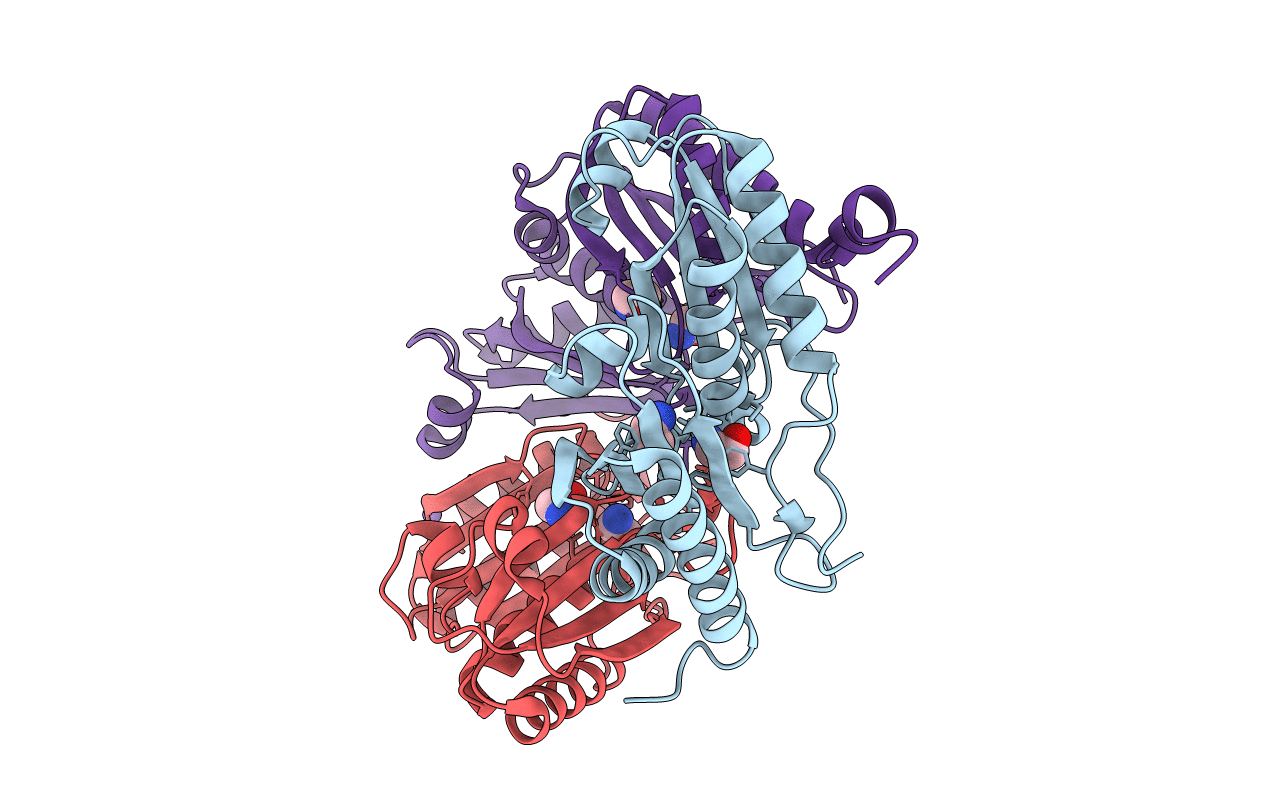
Deposition Date
2014-06-01
Release Date
2015-03-25
Last Version Date
2023-11-15
Entry Detail
PDB ID:
4TME
Keywords:
Title:
Crystal Structure of EutL from Clostridium Perfringens bound to ethanolamine
Biological Source:
Source Organism:
Clostridium perfringens E str. JGS1987 (Taxon ID: 451755)
Host Organism:
Method Details:
Experimental Method:
Resolution:
1.70 Å
R-Value Free:
0.16
R-Value Work:
0.14
R-Value Observed:
0.14
Space Group:
P 43 21 2


